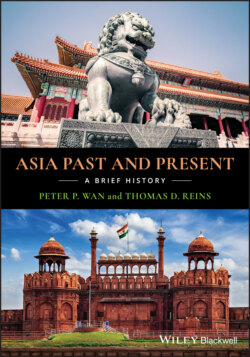| 581–618 | Sui Dynasty reunifies China, constructs the Grand Canal |
| 618–907 | Tang Dynasty produces the Golden Age of Imperial China |
| 599–649 | Li Shimin, posthumously Tang Taizong, second emperor of China; generally considered the best emperor in Chinese history |
| Early Tang China | Great Book of Tang Law, a comprehensive collection of Tang laws that influences the future legal systems of China and nearby Confucian countries |
| 602–664 | Buddhist monk Xuan Zang visits India and brings back Buddhist scriptures and information about the region |
| 624–705 | Wu Zetian (Wu Zhao) becomes the one and only Chinese empress |
| 755–763 | Non‐Han General An Lushan leads rebellion that signals the end of the Tang Golden Age |
| 8th–9th centuries | Golden Age of Classical Chinese Poetry, exemplified in the works of Li Bai (701–762), Du Fu (712–770), and Bai Juyi |
| 878–884 | Huang Chao Peasant Rebellion, indicating the impending fall of the Tang |
| 907–960 | Disorder: Five Dynasties and Ten Kingdoms |
